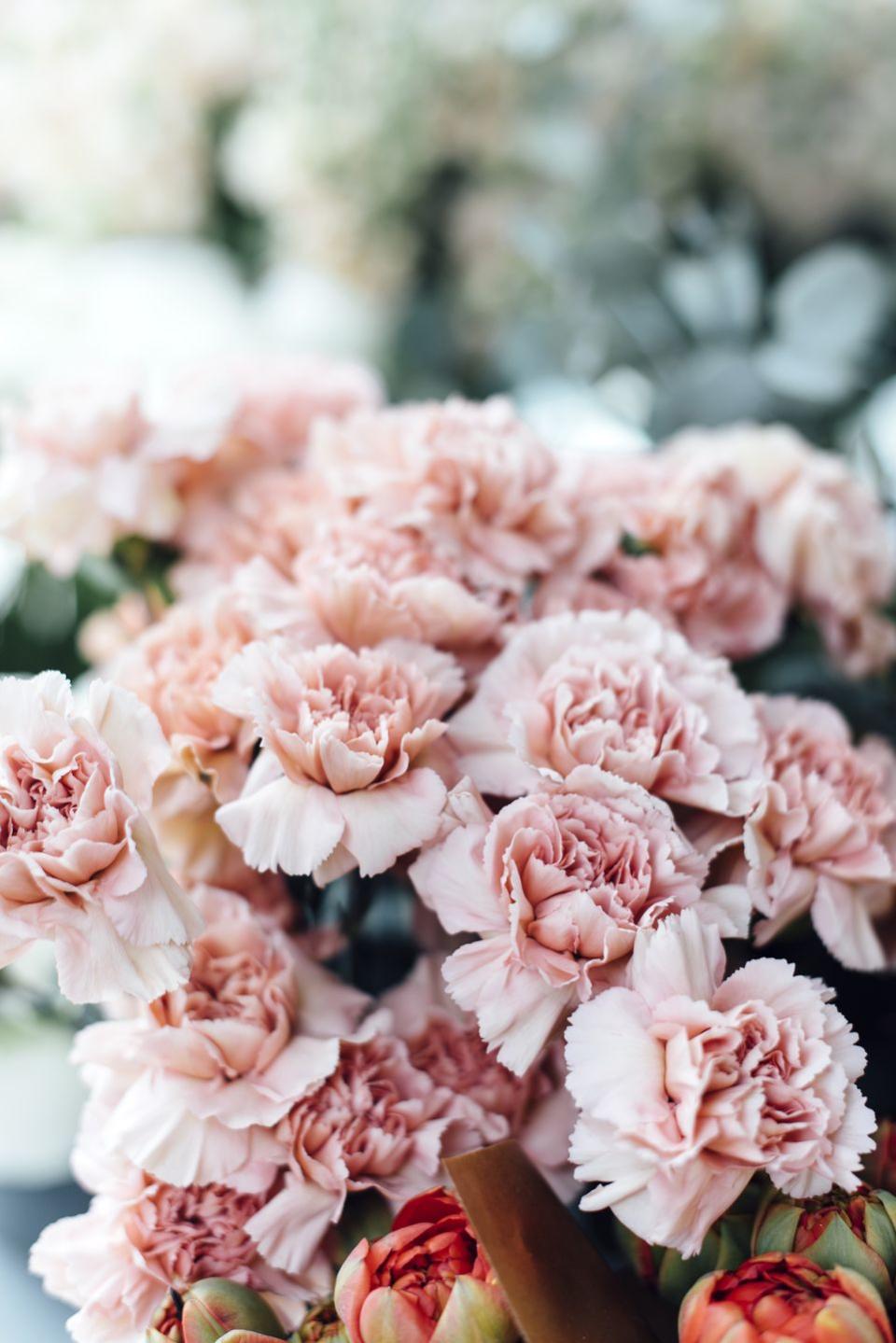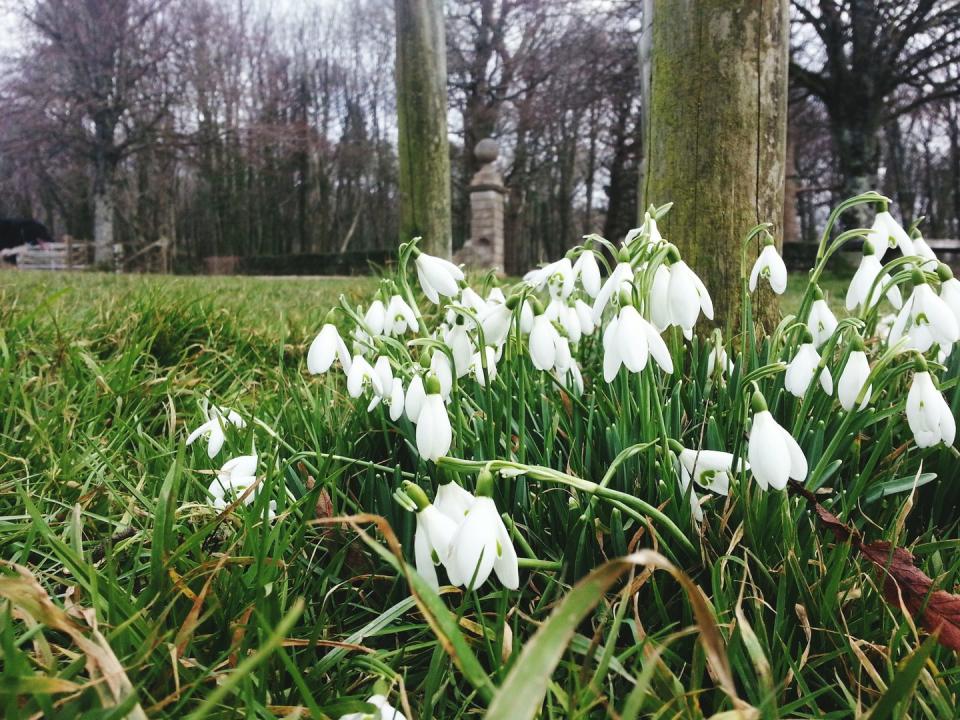What Is January's Birth Flower? Learn here.
We'd be surprised if you weren't familiar with your zodiac sign, but do you know your birth flower? Similar to gemstones, every month has a dedicated petal with a special meaning behind it. If you already thought January babies are the flower of the flock, they get even better, because this month has two blooms.
Below, find out what January's birth flowers are and what makes them special (other than being associated with your birthday, of course!). Then, combine botany with astrology to find the best flower for your zodiac sign.
What are January's birth flowers?
January has two birth flowers—the carnation and the snowdrop. Carnations are one of the most common commercial flowers used in weddings, on corsages, and in mixed arrangements. Snowdrops are less likely to be in a bouquet, but you'll notice them around late winter and early spring as some of the first flowers to bloom.
What do carnations symbolize?

Theophrastus, a Greek botanist, originally named carnations dianthus, combining the words Dios (Gods) and Anthos (flower) to translate to "flower of the gods." But, you could extend that definition and call them the flower of everything for their versatility. Coming in nearly every color on the rainbow, it's no surprise carnations make an appearance at most holidays and special events. They're generally associated with love and remembrance, but each color has a different meaning. You notice so many red carnations on Valentine's Day, for example, because a dark red carnation is a symbol of deep love. Pink conveys gratitude and white represents purity and innocence.
But, although you can trace the roots of these flowers back to Greece, when they used them to make garlands and other art, they're more than just decor. According to Britannica, in Elizabethan times, Europeans added carnations to spiced wine, created essential oils, and even used them to treat fevers.
What do Snowdrops symbolize?

A little less common than the carnation snowdrops also come from the ancient Greeks, who once used them to treat various ailments. Part of Galanthus, their genus name, is derived from the Greek word gala, meaning milk.
The little flower that could, these bright blooms are one of the first flowers to emerge through the cold ground around winter. Although once associated with death because they grew in graveyards and people brought them to funerals to convey compassion, their meaning has evolved. During happy occasions, they symbolize hope and optimism, making them the perfect flower to get you through a long winter.
How do I grow carnations and snowdrops?
Looking to plant your signature flower? Carnations grow best during transition times, think between seasons when it's not too hot or cold. Choose somewhere that gets a decent amount of light, because they'll need around four hours a day.
Snowdrops, however, do need things to be on the chillier side. So, if you're in a warmer climate you may want to stick to carnations. Plant them in the early fall on the shadier side of your house for the best results.
You Might Also Like

